
UCC
Creative Cheese Expo
Virtual Exhibition
Cheeses from the UNESCO Creative Cities
The very rich dairy heritage of Bergamo, the noble cheeses of Alba and Parma, international curiosities from Europe and other continents. All the facets of a world that has been able to create, from the raw material par excellence, gastronomic products of absolute value, maintaining the balance with nature and the link with tradition that have built its identity over the centuries and progressively refining the production techniques, always with the addition of a fundamental ingredient, creativity.
Discover the 7 UNESCO Creative Cities for Gastronomy and discover its dairy excellences:
Italy
Alba
The southwestern Italian Alps enclose the Province of Cuneo, bounded to the east by the Langhe Roero hills and to the north by the Po Valley. This is the setting of Alba, city perceived as the historic capital of a wider territory: a cultural, identity and commercial point of reference for Langhe Roero area. In the streets, boutiques give way to coffee shops with fine bottles, candies, cheeses, because here the food culture is home, whether it is the rare white truffle celebrated every here in the Truffle Fair, or speaking about the oldest typical product of the entire area.
On October 31st, 2017 Alba was named UNESCO Creative City of Gastronomy, thus becoming part of a virtuous cities network in which creativity, in different areas, has improved their people’s living standards boosting their economy. For this reason, tradition and innovation have a different taste, giving rise to a constant creativity, making this area a more and more coveted tourist destination, sought by visitors from around the world.
Within the typical products of the entire area, an important place is reserved to cheeses: made with cow or goat milk, produced on the hills of Alta Langa or on the mountains of the province, they enrich the list of excellences of the restaurant’s menus. In Bra, city of Slow Food not far from Alba, not to miss is the international kermesse Cheese, ideal place to taste and know all the secrets of these specialities.
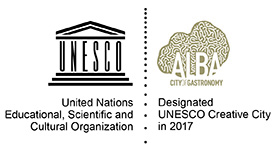
ALBA Cheese Expo
Italy
Parma
Parma and its territory are universally known for their ability to preserve an unrivaled gastronomic heritage that delivers worldwide products such as Parmigiano Reggiano and Parma Ham.
The territorial and cultural concomitance have allowed over the centuries not only the elaboration of excellent typical products, but also the development of a real culture of food.
The food sector is represented in Parma through the whole food chain: typical products and their protection Consortia, renowned and starred restaurants and chefs, Italian cuisine teachers, food museums, research and food safety, food industries, cultural projects and educational events, exhibitions and international fair events.
A strong cultural component has always been associated with the food tradition transforming Parma, over time, into an integrated and synergistic system of art, music and fine food.
The goal to create a cultural-based development model that combines the principle of creativity advocated by UNESCO to the agro-food vocation of the territory has led to the reasoning on the city as an interdisciplinary platform: a place of sharing and participation in which skills, resources and good practices can be made available on three main macro areas, Education, Experience, Production.
Parma actively participates in the Network believing that the sharing of know-how and the comparison of different perspectives is the most solid foundation on which to build sustainable and far-sighted urban development.
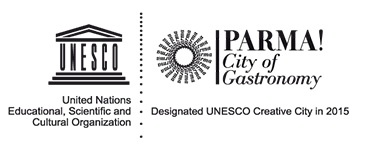
PARMA Cheese Expo
Italy
Bergamo
Bergamo is an enchanting city with an original structure on two levels, Città Alta and Città Bassa. The ancient city, Città Alta, softly nestled on the hills and bounded by the imposing city walls entered in the UNESCO heritage in 2017, is the green setting of Città Bassa, the beating heart of the Bergamo trade, which is also rich in charm, art and history. The modern city, dynamic and constantly evolving, surprises with squares and historic buildings often animated by a succession of initiatives of significant interest for citizens and tourists. In addition to artistic and museum beauties, events and landscapes, Bergamo offers a gastronomic heritage rich in traditional products, including great cheeses, which have always represented a strong link between the city and its valleys.
The history and solidity of the ties between the dairy-cheese production and, generally the rural reality with the territory strongly influenced the local culture. In the last decades, with the progressive decline in manufacturing activities in the valleys, there has been a corresponding increasing awareness of the value of the environmental heritage, combined with that of the culture and food and wine sector and its not fully tapped potential.
Italy has 50 DOP certifications as regards the dairy industry, of which Bergamo boasts all of nine: no other Italian province, or even European, can claim such a record. Cheese products, fruit of centuries-old knowledge, are the emblem of a miraculous territory where the population have courageously safeguarded the natural beauty, making it a model of sustainability, but also have managed to construct their daily lives, culture, economy in such a way that cheese making is not a mere product, but a source of pride.
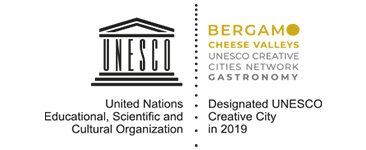
BERGAMO Cheese Expo
Spain
Denia
Dénia is a city with 42,000 inhabitants on the Spanish Mediterranean coast. It is part of the Valencian Community and it is the capital of Marina Alta region, which comprises 33 towns. Dénia is located between protected natural parks, the Mount Montgó, the rice fields marsh in Pego, and the San Antonio Cape marine reserve. The city has preserved more than 2,000 years of history of the peoples and cultures which settled down in. The city stands at the foot of the iconic walled castle fortress.
The diverse geophysical environment across Marina Alta region delivers mesmerizing landscapes. On the coast there are long sandy beaches, coves and viewpoints. A few kilometers away from the coast, there are inland valleys surrounded by mountains and peaks, along with charming rural villages. Across the region, there are caves which are important samples of cave painting and monumental dry-stone margins, both recognized as UNESCO World Heritage Site.
In the Iberian Peninsula, Dénia is the closest point to the Balearic Islands. Indeed, boat lines operate for passengers and cargo. The port preserves a traditional fishing pier, with a fish market and a fish shop. There are also facilities for sports and leisure boats.
Tourism is the economic driver in the city. The local restaurant sector involves more than 400 cafes and restaurants. On the other hand, the farming area that is made up of small plots delivers unique products such as cherries, vines, almonds, oil or rice.
Livestock production ranks low, although there are still flocks of guirra, a native sheep, providing locals with fresh milk and Peña Blanca artisan cheese.
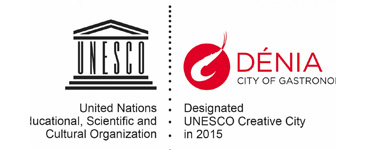
DENIA Cheese Expo
Spain
Burgos
Located in northern Spain and home to 178, 000 inhabitants, Burgos is known for many of its landmarks including the caves of the Sierra of Atapuerca, inscribed on the UNESCO World Heritage List in 2000. The archaeological excavations undertaken in these sites have made the city an international hub for studies on human evolution. This distinctive feature is reflected in its gastronomy and food industries, which represent a creative and economic impetus for the city by employing 26% of the active population. Burgos’ vision of food is especially linked to scientific research on the evolution of the human species.
As a Creative City of Gastronomy, Burgos is leading on a pioneering study in gastronomic evolution. Based on experimental studies on the consumptions of food energy by the human body, this project, Human Motors, run by the Global Laboratory on Gastronomic Evolution, aims to raise awareness, at the local and international levels, on the linkages between food and human evolution. To this end, the University of Burgos (UBU) also joins forces with several programmes on food science, vanguard gastronomy, food safety, biotechnology and nutrition, by developing the design of new food with special characteristics aiming to improve cardiovascular health.
Burgos has held the title of the Spanish Capital of Gastronomy since 2013 and has further developed its creative industry of gastronomy ever since. There are many ongoing projects dedicated to the field supported by the Municipality, such as Devora and Burgos Alimenta. The city is also engaged in several networks of gastronomic cities at the European level intended to promote gastronomy as a key momentum for sustainable urban development.
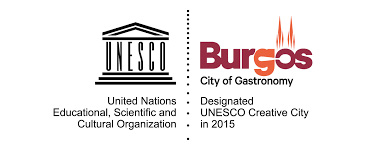
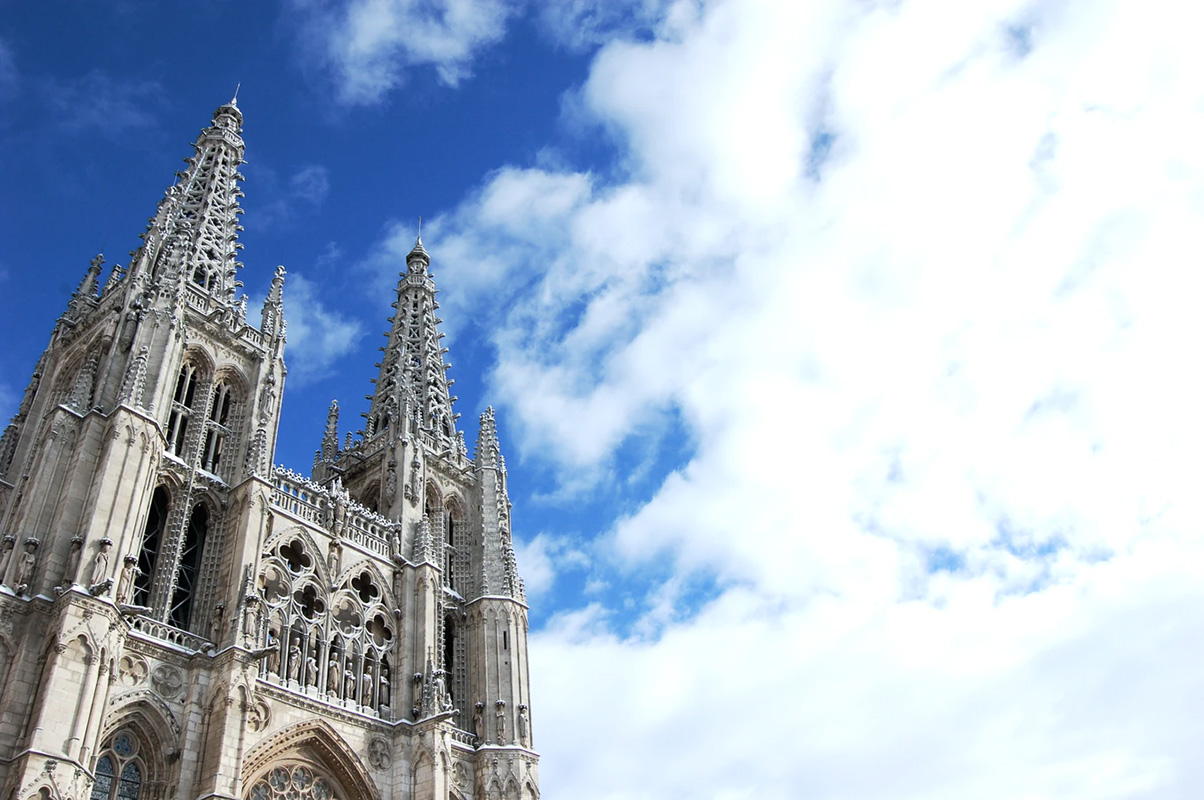
BURGOS Cheese Expo
Norway
Bergen
Bergen is in the heart of the fjords of Western Norway and a UNESCO World Heritage City. Bergen is the second largest city in Norway with 275 000 inhabitants. The city’s history in international trade of seafood is long, reflected in its traditional and coastal gastronomy.
The food culture originates from sea biodiversity and is considered the most sustainable in Europe.The gastronomy of Bergen is supported by more than 3,000 farmers and 200 artisan food entrepreneurs. In addition to this, another 6,500 people are employed in the seafood sector.
The last couple of years there has been a surge of high quality and award winning restaurants in the region with focus on gastronomic creativity mixed with regional food culture and tradition, both award winning restaurants, and food products like cheese or cider. Bergen hosted the World Cheese Awards in 2018.
Cheeses – new and old
Norway has seen quite a renaissance of artisan cheeses the last decades due to increasing gastronomic awareness and dairy farms finding artisanal and commercial interest in cheese making.
The modern, competitive cheeses of western Norway are mostly soft and semi-hard cheeses in continental styles, expressing the climate and terroir of the Fjord region.
Traditional farm style cheeses like the brown goat cheese and the Gamalost sour milk cheese reflect the hard landscape and centuries of history harkening all the way back to the Viking age.
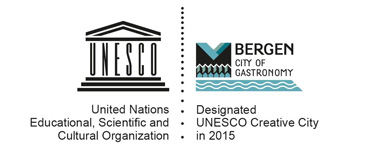
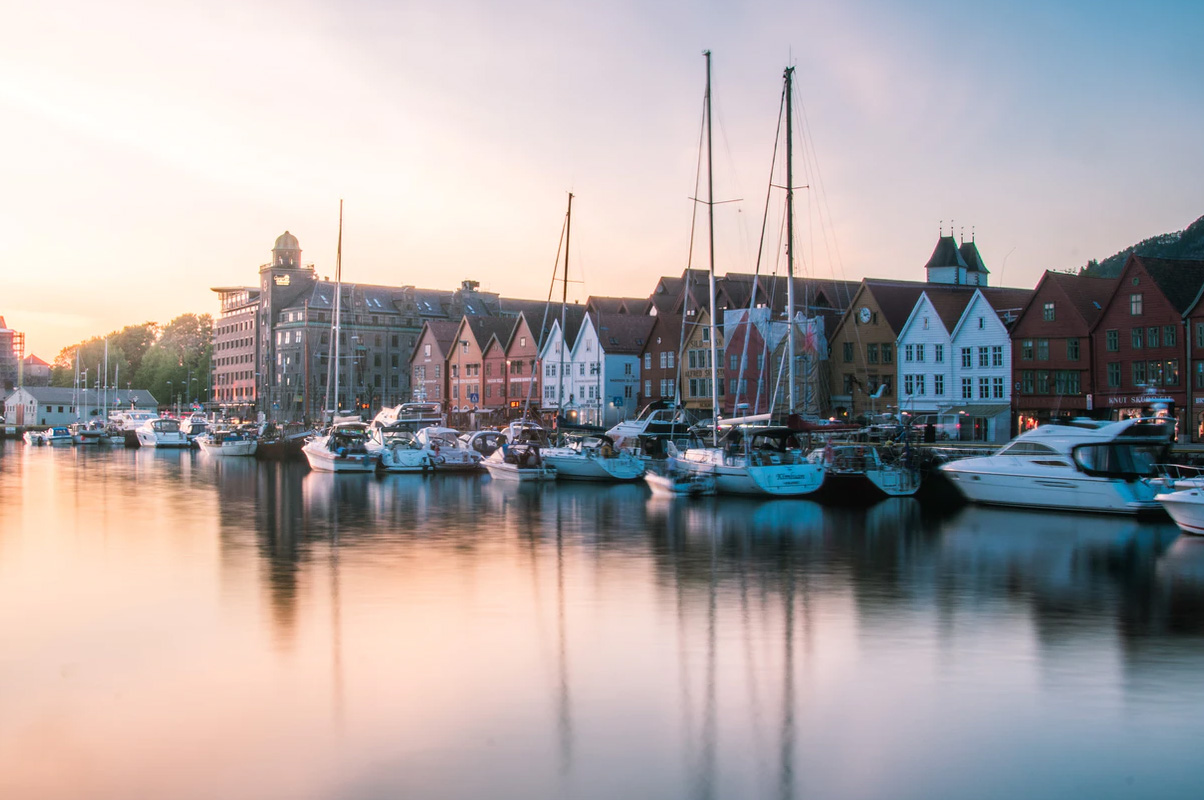
BERGEN Cheese Expo
Brazil
Belo Horizonte
Bergen is in the heart of the fjords of Western Norway and a UNESCO World Heritage City. Bergen is the second largest city in Norway with 275 000 inhabitants. The city’s history in international trade of seafood is long, reflected in its traditional and coastal gastronomy.
The food culture originates from sea biodiversity and is considered the most sustainable in Europe.The gastronomy of Bergen is supported by more than 3,000 farmers and 200 artisan food entrepreneurs. In addition to this, another 6,500 people are employed in the seafood sector.
The last couple of years there has been a surge of high quality and award winning restaurants in the region with focus on gastronomic creativity mixed with regional food culture and tradition, both award winning restaurants, and food products like cheese or cider. Bergen hosted the World Cheese Awards in 2018.
Cheeses – new and old
Norway has seen quite a renaissance of artisan cheeses the last decades due to increasing gastronomic awareness and dairy farms finding artisanal and commercial interest in cheese making.
The modern, competitive cheeses of western Norway are mostly soft and semi-hard cheeses in continental styles, expressing the climate and terroir of the Fjord region.
Traditional farm style cheeses like the brown goat cheese and the Gamalost sour milk cheese reflect the hard landscape and centuries of history harkening all the way back to the Viking age.
